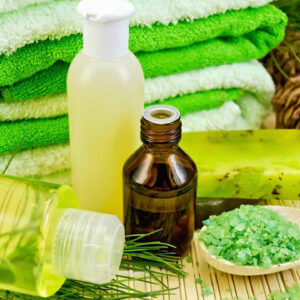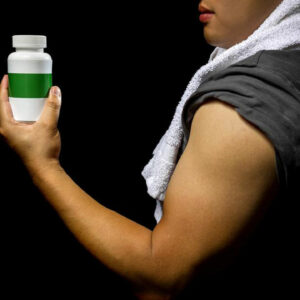
01
Effective Ways to Get Relief from Yeast Infections
A yeast infection is an infection that results from the overgrowth of yeast that is a type of fungus. Yeast infections are commonly known as candida vaginitis or vulvovaginal candidiasis and are usually caused by the Candida albicans fungus. Other species of Candida may also cause yeast infections, like C. tropicalis, C. glabrata, C. parapsilosis, and C. krusei. Statistics show that about 75 percent of women tend to get a vaginal yeast infection at least once in their lifetime, while 40 to 50 percent of women experience more than one infection. Chronic or recurrent yeast infections are also common, as experienced by 5 to 8 percent women who may suffer from four or more yeast infections. Men too get yeast infections in their mouths, genitals, and other areas. The term yeast infection usually refers to a vaginal infection; however, it can also refer to non-genital yeast infections that are caused due to different types of candidiasis. Such yeast infections of the mouth are commonly known as thrush or oropharyngeal candidiasis. A yeast infection occurring on the skin in moist warm areas like folds of skin near the groin and armpits is known as cutaneous candidiasis. When the strain Candida manages to get into the bloodstream through for example the use of a contaminated intravenous catheter, the yeast can cause a deadly infection that is known as invasive candidiasis. On an average, yeast infections caused by Candida albicans are easy to treat, and there are other drugs available to provide yeast infection relief which may be purchased over-the-counter (OTC) or with a prescription. They may also be taken as a prescription cream like an anti-fungal cream, suppository, tablet, ointment, or medicated tampon. A class of anti-fungal drugs known as azoles is part of these medications which provide yeast infection relief and these include:
Read More 










